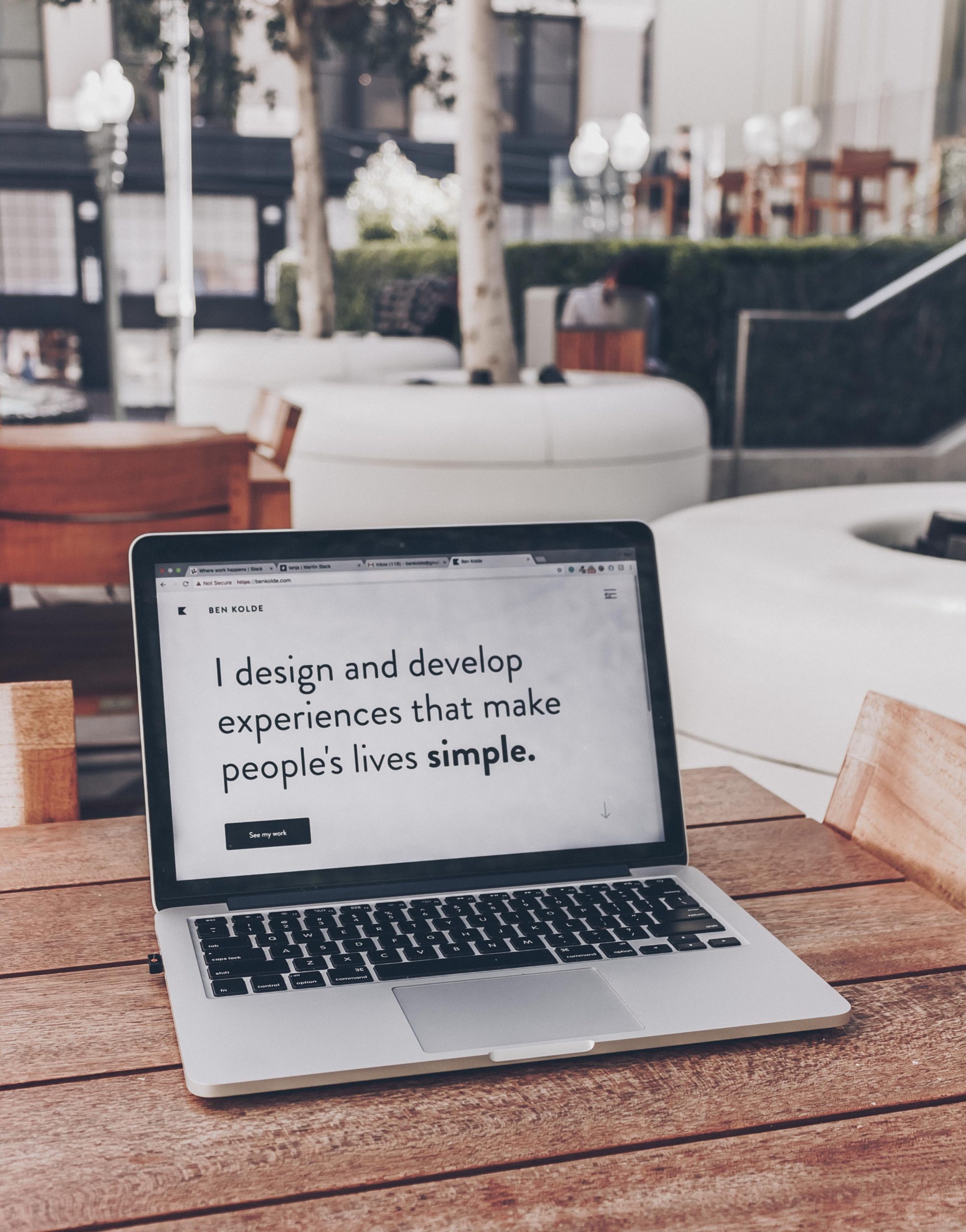How can websites potentially stay up to date with the millions of screens out there? Responsive web design.
With responsive website design, your website (and its pages) can adjust and deliver the very best experience to users, whether they’re on their desktop, laptop computer, tablet, or smartphone. For that to happen, though, your website requires a responsive style.
What is a responsive web design, though, and how does it work?
Keep checking out to learn, plus see real-life examples of responsive web design! If you wish to stay-in-the-know about responsive website design, sign up for our unique newsletter, Income Weekly, to get website design and marketing ideas for your company.
What is responsive web design?
Responsive website design describes a web design technique that enables websites and pages to render (or screen) on all devices and screen sizes by instantly adjusting to the screen, whether it’s a desktop, laptop, tablet, or smart device.

How does responsive website design work?
Responsive web design resolves Cascading Design Sheets (CSS), utilizing various settings to serve different style residential or commercial properties depending on the screen size, orientation, resolution, colorability, and other attributes of the user’s device. A few examples of CSS homes related to responsive web design consist of the viewport and media inquiries.
Is my website responsive?
You can rapidly see if a website is responsive or not in your web browser.
Open Google Chrome
Go to your website
Press Ctrl + Shift + I to open Chrome DevTools
Press Ctrl + Shift + M to toggle the device toolbar
View your page from a mobile, tablet, or desktop viewpoint
You can likewise utilize a complementary tool, like Google’s Mobile-Friendly Test, to see if pages on your website are mobile-friendly. While you can achieve mobile-friendliness with other style techniques, like adaptive style, responsive web design is the most typical because of its benefits.
Why responsive web design matters to web designers and company owner
It eliminates web designers, interface designers, and web designers from working day and night developing sites for every single various device around. It also makes the lives of company owners, online marketers, and advertisers much easier.
Here are a few advantages:
One website for each device: Whether viewed on a 27-inch iMac with a wireless connection or from the screen of your Android phone, the website will be configured for the user’s optimal viewing enjoyment.
The ideal style for the gadget: With this method, all images, typefaces, and other HTML elements will be scaled appropriately, taking full advantage of whatever screen size the user has.
No need for redirects: Other alternatives towards designing for numerous gadgets need using redirects to send out the user to the appropriate variety of a web page. Without the requirement for redirects, the user can access the material he wishes to take a look at, as quickly as possible.
It is also effective from a rate perspective. It’s likewise easier for you to manage due to the fact that it’s one site versus two. You do not need to make changes two times. Instead, you can work from and upgrade a single site.







